

He was an archaeologist and founder of the Biscari branch, he pledged to "build a museum at any cost"
The Prince of Biscari Museum was inaugurated in 1758 and, to celebrate this event, a medal was minted bearing – on the obverse – a portrait in profile of Ignazio Paternò Castello, Prince of Biscari, with his name, title and age; while the reverse bears the following inscription: "Publicae utilitati, patriae decori, studiosorum commodo, museum costruxit Catanae, anno MDCCLVII". The date inscribed on the medal 1757 refers to the year of mintage. Instead, the phase transcribed on the medal refers to the cultural and civic spirit that sustained the aristocrat Biscari's antiquarian curiosity. In the nascent Bourbon era, the aspired policy of the Prince was to promote the past of the city of Catania, with the intention of enhancing it outside the Italian borders. At that time, the museum was opened to a culturally elitist public without distinction, from ecclesiastics to aristocratic archaeology enthusiasts who were also given the opportunity to consult the large and extensive book collection housed in the ancient and precious Biscari library.
In the words of historian Giarrizzo, "The role played by the great Sicilian aristocratic families was a cultural phenomenon that had European reach" can be perfectly inscribed in the young Biscari's frenetic activity. In fact, it was in 1743 when the young 24-year-old asked the city's Senate for permission to keep in its museum the colossal torso, dating from the Julio-Claudian period, then believed to be Greek, found in Catania in the area of the convent of Sant'Agostino.
The museum was definitively completed between 1776 and 1786. In 1779 Prince Ignazio was appointed by the King of the Two Sicilies Ferdinand III, as Custodian and Superintendent of the excavations and antiquities of the Val di Noto and Val Demone, that is, of all Eastern Sicily. While the Prince of Torremuzza was called to supervise the western part of the island (Val di Mazara). It was in these times that Biscari wrote two fundamental works because they report descriptions of ancient Sicilian monuments: Il Viaggio per tutte le antichità della Sicilia of 1781 and the other - written in 1779 but remained unknown until the year 2000 when it was published by Pagnano from title Relazione delle Antichità del Regno di Sicilia esistenti nelle due Valli di Demone e di Noto, better known as Plano per le antichità, 2001. The research and excavation activities were concentrated by Biscari towards the Ancient Theater of Catania, but also near the Benedictine convent and the adjacent spa facilities, as well as in locations in the Catania hinterland such as the Centuripe countryside, in its farms or the ancient Camarina (cit. Libertini, Il Museo del Principe di Biscari, 1930). It was the Florentine Domenico Sestini, antiquarian and librarian, who arrived in Catania and was hired by Biscari as cataloger of all the museum's finds, who had already drawn up the illustrated catalog ready for printing in 1776. But after the death of Ignazio Paternò Castello took over the role of guardian of the Noto and Demone valleys with his second son Gianfranco Paternò. The latter, also a scholar and antiquarian, had excavations carried out and ancient monuments restored in the city. But, in 1803, the year in which he died, the decline of the museum began, also due to the departure from Catania for Naples of the VII prince, nephew of Ignazio and namesake of the same. From that date the museum remained unchanged for more than a century and a half, during which the heirs divided the assets. Then, between 1927 and 1930, Prince Roberto, X Biscari, gives his share of the museum to the Catania Municipality and his example was imitated by other heirs, just some share of those entitled had to be purchased by the Municipality. It will be up to the archaeologist and historian Guido Libertini to catalog and arrange the numerous finds because "few pieces had had a scientific treatment" states Libertini himself. After the transfer of the collections contained within Palazzo Biscari to the Marina, the archaeological heritage was included in the civic collection of the Ursino Castle Museum, proving to be, at least numerically, the most significant component of the museum itself. In fact, the collection that belonged to Ignazio Paternò Castello, already at the end of the eighteenth century, was of primary importance not only for the number, but also for the variety of its pieces. It included, with precious works of Greek and Roman sculpture, Attic, Sicilian and Italiot vases, more than three hundred Greek and Latin inscriptions or epigraphs, bronzes and clay products of various types, coins; and, collected in the natural history cabinet specimens of animals, plants and minerals in greater numbers from Sicily, as well as fabrics, porcelains, optical instruments and weapons. An archaeological treasure which, from 1934 onwards, honors the artistic heritage within the Civic Museum of Catania, but always remains the pride of one of the most enlightened aristocratic families of the city itself.

IV-V cent.

V cent.
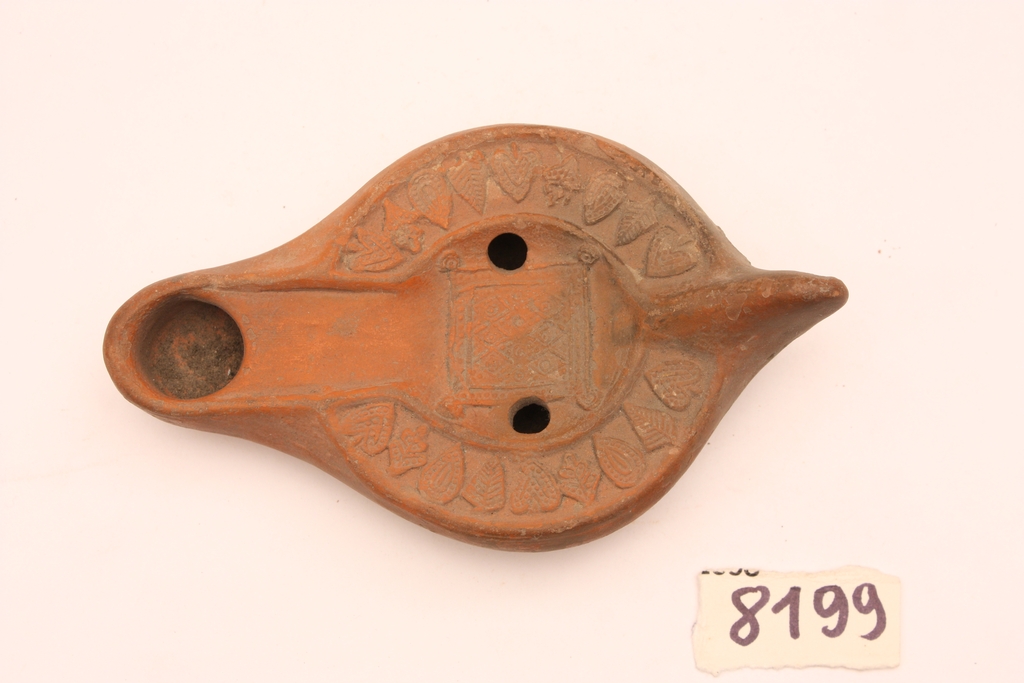
V cent.
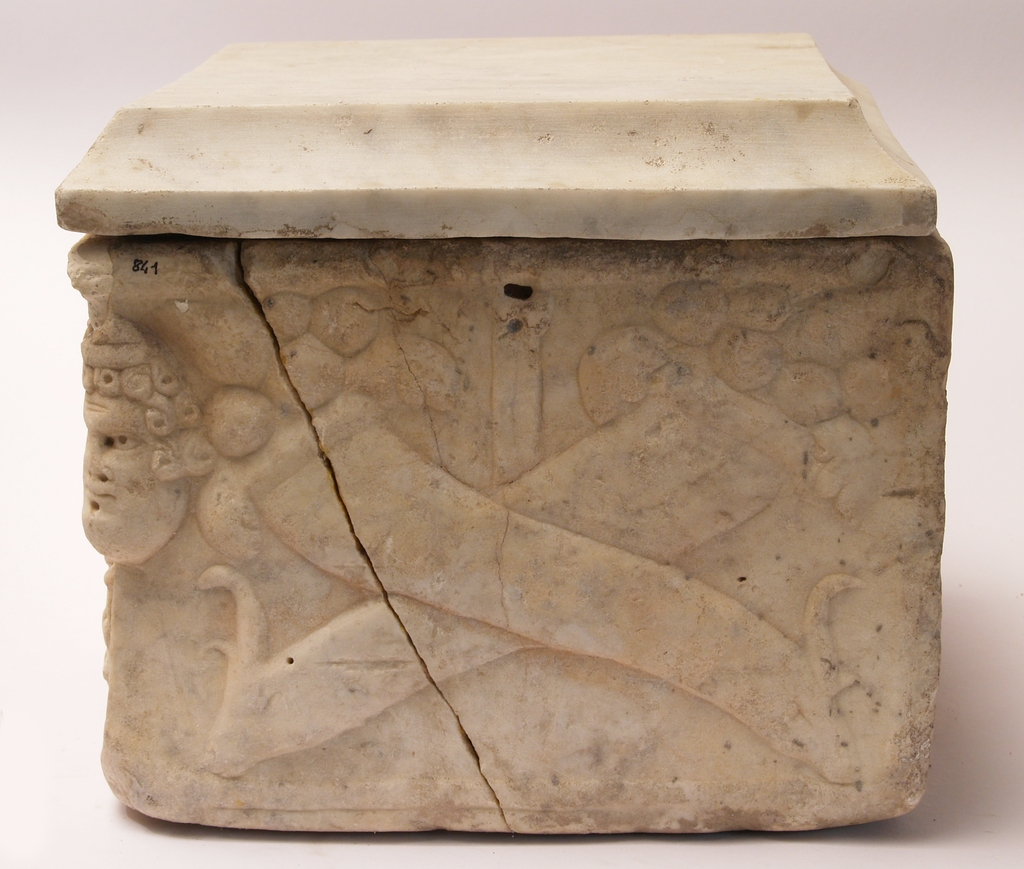
I-II cent.
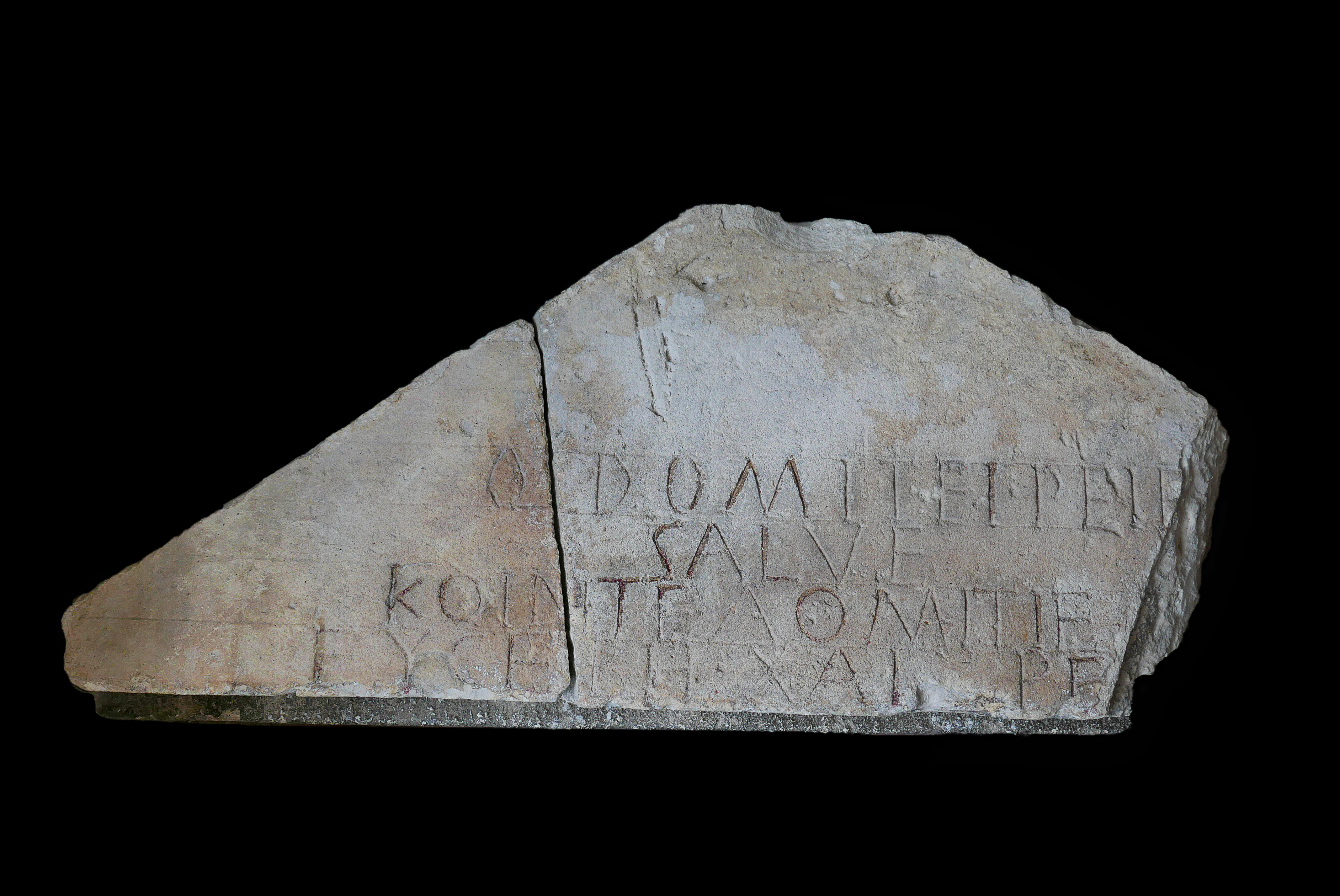
I cent. b.C - I cent. A.D.

V cent.

IV-III cent. b.C.
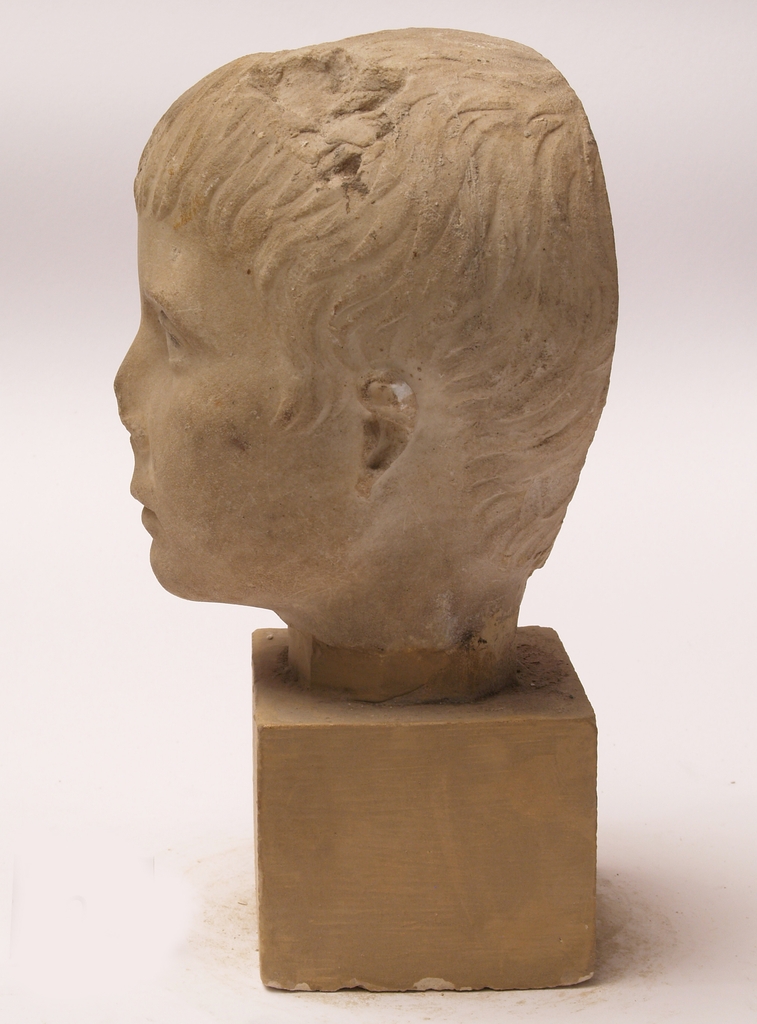
I cent. A.D.
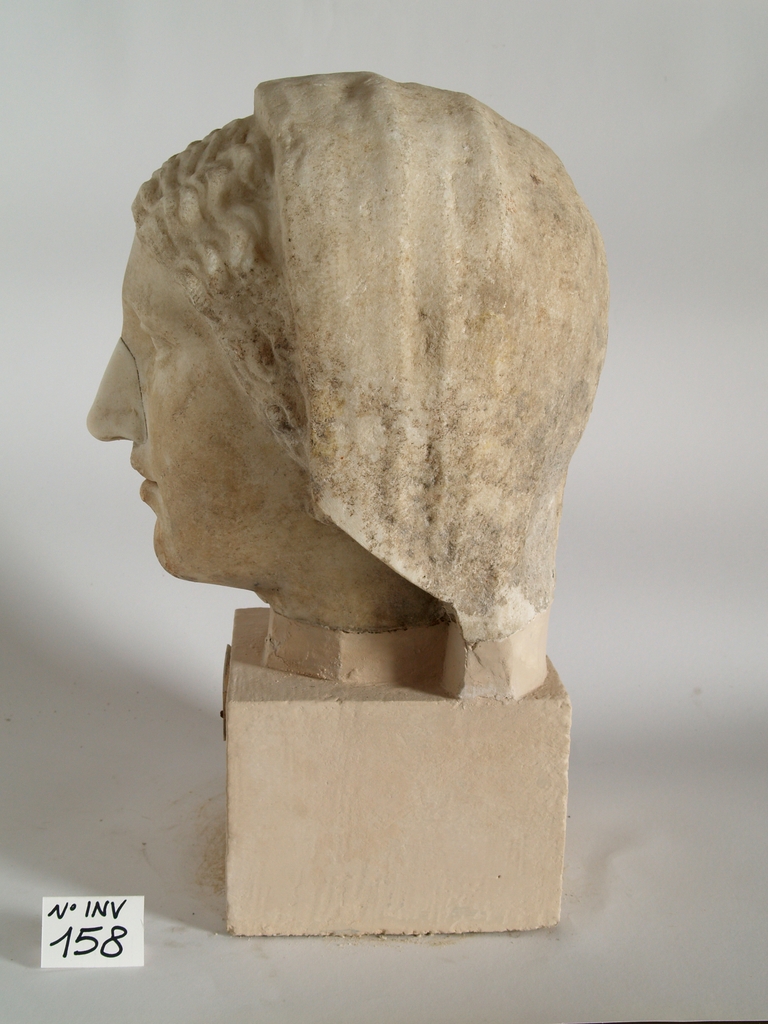
IV cent. b.C.
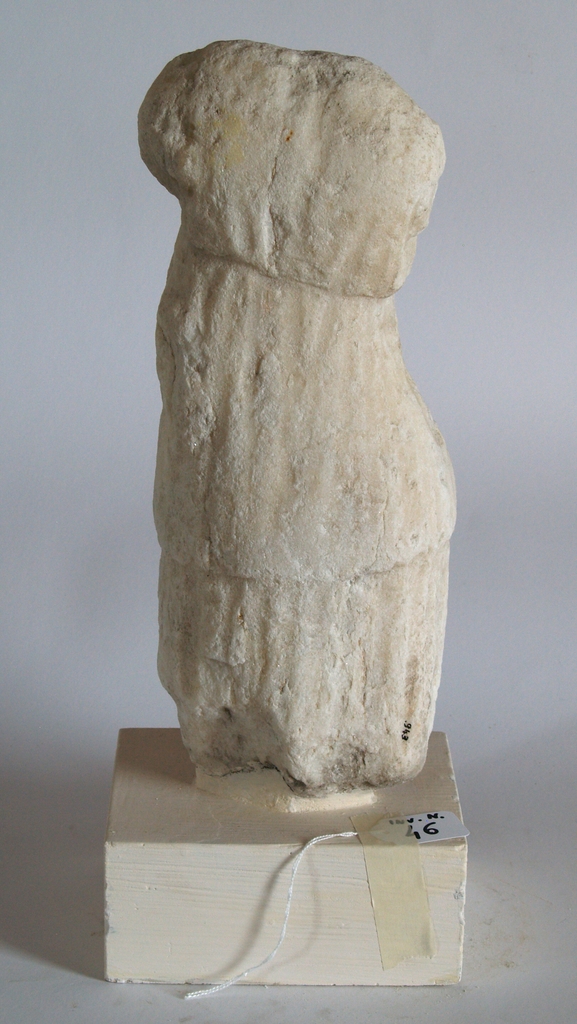
IV cent. b.C.

XIV cent.

XVI cent.
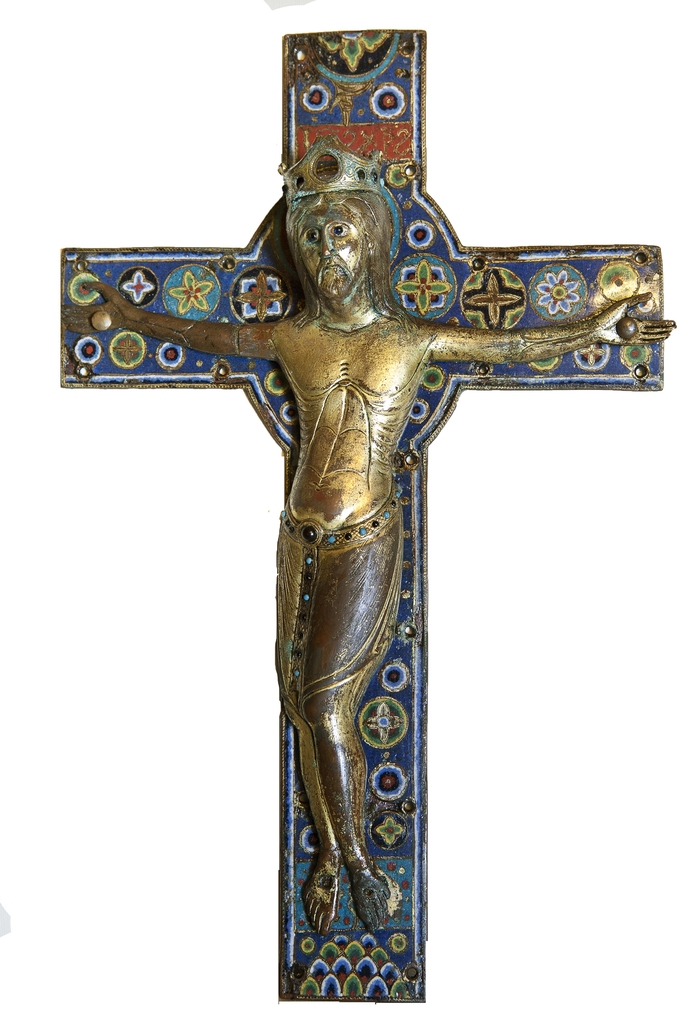
XIII cent. A.D.
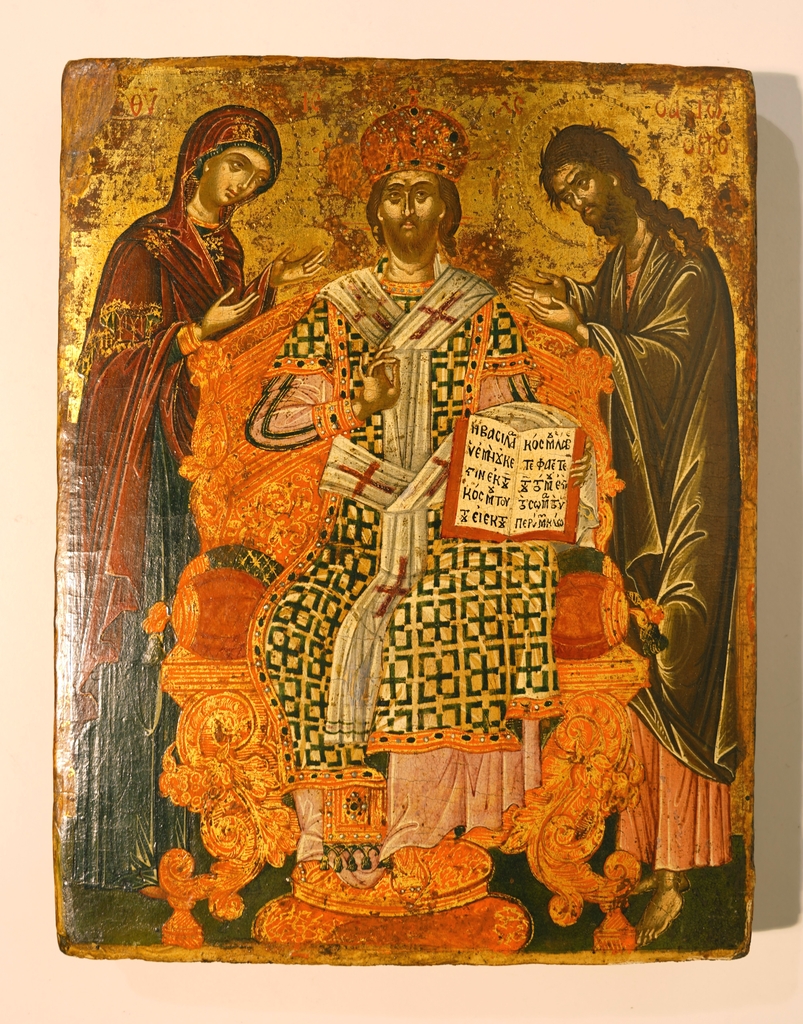
XVI cent. A.D.
Inventory number:
Subject/object:
Author:
Date:
Description:
Material and technique: